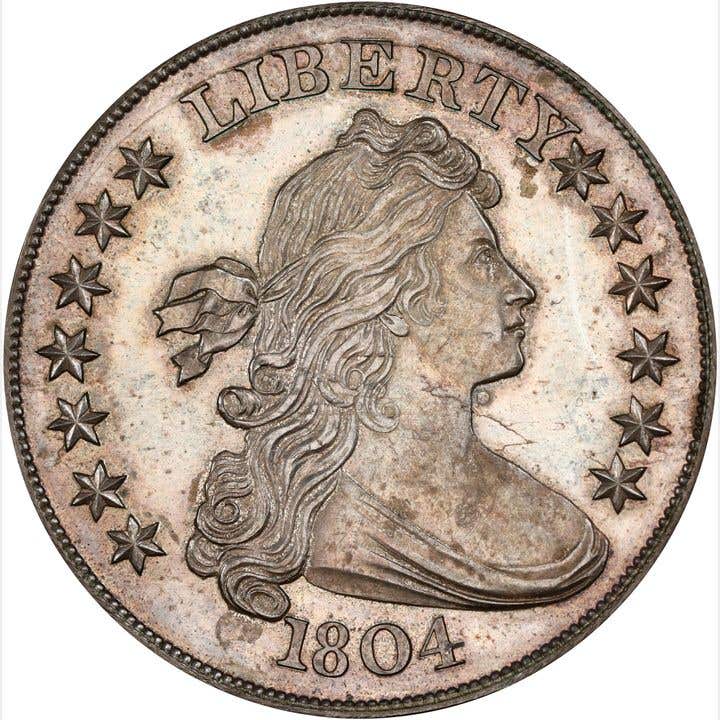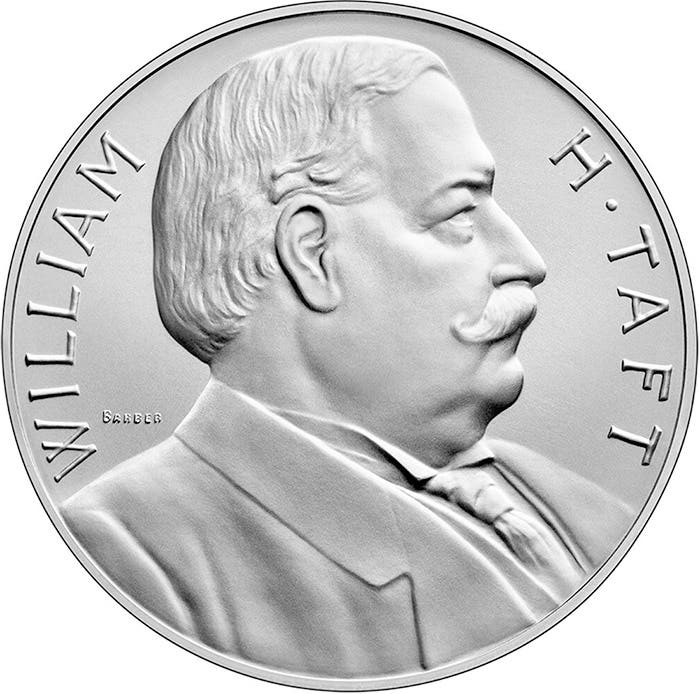Harriet Tubman: Finding Freedom on Coins
2024 brought about the release of the U.S. Mint’s highly anticipated Harriet Tubman commemorative coins.
The first abolitionist group appeared in the U.S. in the mid-1700s. Despite this early start, abolition didn’t gain major traction in the U.S. until about the 1820s. What we know today as the Underground Railroad has origins just as long.
There are many misconceptions surrounding the Underground Railroad. It wasn’t run by a single organization or person but was, in fact, a network of individuals. While many whites participated, it was predominantly made up of black people. It gained the name “The Underground Railroad” around 1830. The Underground Railroad may not have been an actual railroad or have been underground, but the name became fitting. People who guided runaway slaves were referred to as “conductors,” the shelters along the way “stations,” and the fugitives were called “passengers.” Escaped slaves would travel for miles between safe houses. It is estimated that about one hundred thousand enslaved people used the Underground Railroad to reach freedom between 1810 and 1850.
A slave would often have to escape the plantation where they worked on their own; other times, a “conductor” would pose as a slave and guide the runaways.
Born between 1820 and 1822 to two slaves in Maryland, Tubman was named Araminta Ross. Her exact birthday is unknown. She became a domestic servant, and her resistance to slavery showed at an early age. While trying to help an enslaved man from getting beaten for trying to escape, she was hit on the head with a lead weight. She suffered severe headaches and narcolepsy for the rest of her life.
Slaves were not allowed to marry, but she entered a union with John Tubman, a free man, in 1844. She took his name and changed her first name to Harriet.
In 1849, Tubman heard she and her two brothers would be sold, so she ran. Her husband stayed behind. One hundred dollars was offered for her capture. Tubman vowed to return for her friends and family and thus began her numerous trips back and forth, helping many find freedom. She also instructed about 70 more people who found their own way to freedom, helping to expand the growing network of people.
Tubman was nicknamed Moses by Lloyd Garrison, and the name stuck. She helped bring people to the “Promise Land,” but the name also aided in hiding her identity. Patrols looking for escaping slaves would often be looking for a man.
The slaves feared capture and the subsequent punishment, which often deterred people from taking the journey. Tubman claimed that she never lost a passenger, but she had to ensure none turned back in their panic since there was the risk that the individual would be tortured for information on the Railroad.
Tubman formed friendships with many other abolitionists, including Frederick Douglass and John Brown, who led the raid on Harpers Ferry in 1859. She also became friends with Susan B. Anthony, Ralph Waldo Emerson, and Harriet Beecher Stowe.
On Sept. 18, 1850, the Fugitive Slave Act was passed by Congress, requiring slaves to be returned to their owners, even if they were in a free state. This change encouraged Tubman and other participants to help people escape to Canada, which had passed the Slavery Abolition Act in 1834.
Tubman made approximately 19 trips over the span of ten years, helping over 300 slaves to freedom.
When the Civil War began, Tubman made herself useful. She shared her knowledge from the Underground Railroad on towns and transportation routes, aiding in Union military plans. She also worked as a spy, wandering the streets under Confederate control under the guise of an old woman where she could talk to the enslaved people and learn Confederate troop placements and supply lines. She then helped those individuals find food, shelter, and jobs in the North.
With the information she gathered, Tubman joined Colonel James Montgomery in an assault on several plantations. They rescued over 700 slaves, which considerably weakened the Confederate economy. Many of those people then joined the Union army.
Tubman also helped the Union army, acting as a nurse. Women were not allowed to enlist, so Tubman was given little to no pay for all her work during the war. It wouldn’t be until 1899 that she would receive a pension for her service.
When the war ended, Tubman continued to fight for the things she believed in. She was an active suffragist and worked to provide for the newly freed people.
Tubman died on March 10, 1913, from pneumonia and was buried with military honors in Auburn, N.Y.
2024 brought about the release of the U.S. Mint’s highly anticipated Harriet Tubman commemorative coins. The $5 gold coin has an obverse design of Tubman in her years following the Civil War, looking into the distance towards the future. The reverse shows both arms of an individual grasping the arm of another, symbolizing the aid and care that Tubman offered to others throughout her life. Tubman’s core values circle the design: “FAITH,” “FREEDOM,” “FAMILY,” “COMMUNITY,” “SELF-DETERMINATION,” SOCIAL JUSTICE,” and “EQUALITY.”
The silver $1 coin has Tubman offering her hand to the viewer on the obverse. Her expression challenges you to seize the opportunity for freedom. On the reverse, silhouettes cross a bridge created by a pair of clasped hands under the night sky. The Big Dipper is seen in the sky, pointing towards the North Star that forms the letter “O” in the inscription UNITED STATES OF AMERICA.
The half dollar is the final coin in the collection. It shows her during the Civil War when she distinguished herself as the first woman in the U.S. to lead an armed expedition at the Combahee River Raid. In the background are two Civil War-era boats. On the reverse is Tubman standing in front of a row of army tents holding a spyglass, symbolizing her work as a scout and spy for the Union Army. The inscriptions “CIVIL WAR,” “NURSE,” “SCOUT,” “SPY,” and “COMBAHEE RIVER RAID LEADER” circle the design.
Pre-order sales for these coins began on January 4, and shipping began on February 12.









